In my previous post, La Comida de Chile (https://www.texaztaste.com/la-comida-de-chile/), I mentioned our visit to San Pedro de Atacama in the Atacama Desert of Northern Chile. Hubby and I backpacked through San Pedro in 1999, and had always envisioned returning with our children. We live in a desert, so why would we want to go to one on vacation? I think it is because the Atacama is one of those places that you don’t easily forget: the stark beauty of the high desert plateau, the intensity of the colors, and the other-worldly nature of landscape.
In order to give the kids an introduction to the desert on our first full day, we chose to visit the Valle de la Luna (Moon Valley), named for its strange rock formations and sand dunes, and the Valle de la Muerte (Death Valley), known for its Mars-like landscape. Located near one another a few miles from San Pedro in what is called the Cordillera de la Sal (Salt Mountain Range), these two valleys showcase some of the area’s most fantastical geological formations. The Valle de la Luna is a small depression of salt ground were you can mountain bike, hike to the remains of an old salt mine, or sand board down the dunes.
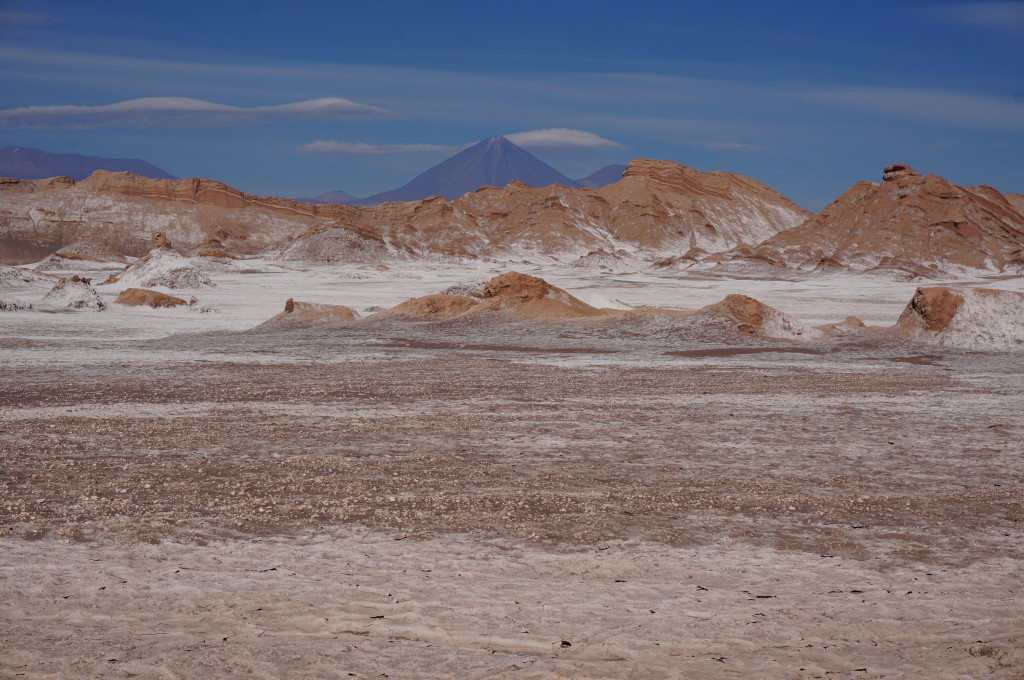
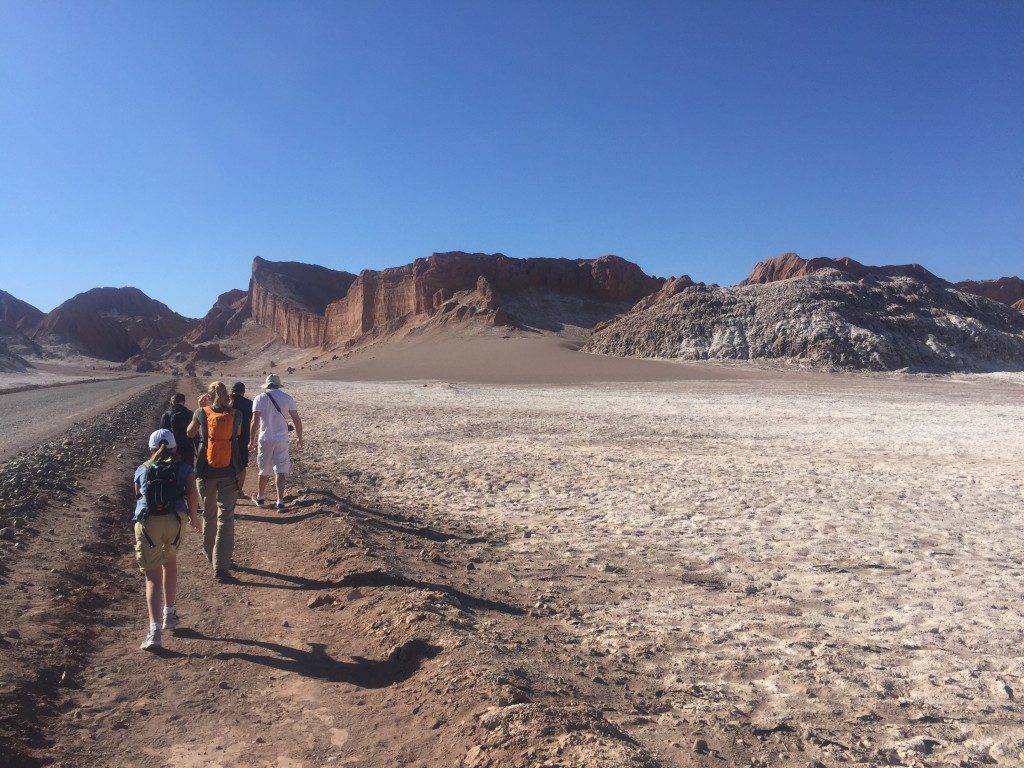

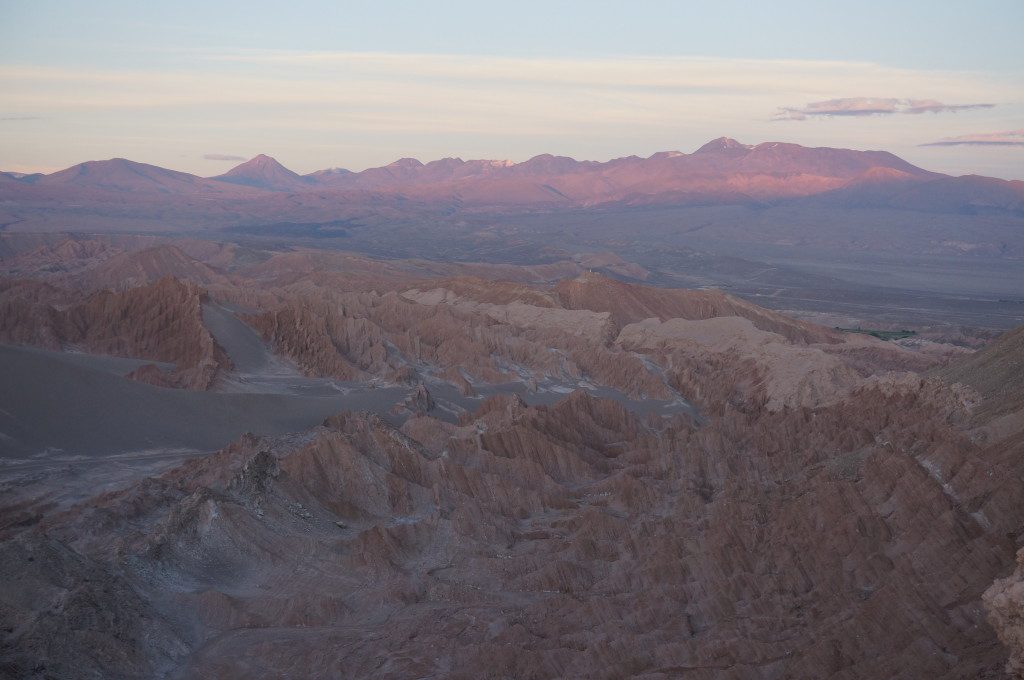
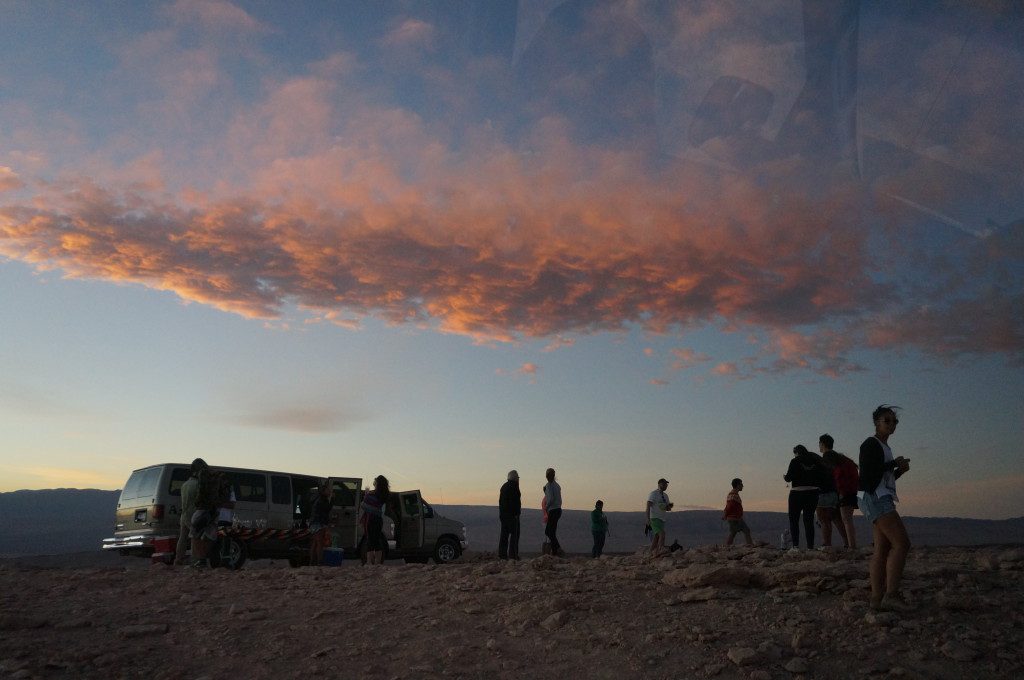
The next morning, we hit the ground running, literally, and took a hike overlooking the Valle de los Colorados (Colorful Valley). The hike begins by passing through the old tunnel to Calama (now closed to car traffic after several earthquakes), crossing the ridge of the Cordillera de la Sal range, and running down the great sand dune of the Mars Valley. I think if you asked the kids they would unanimously rank this one as their favorite excursions for the sand dunes alone.
In the late afternoon, we took a van to another oasis town, Toconao, to see the church and bell tower, before continuing on to the salt flat, or the Salar de Atacama, where we would be able to see flamingos in their natural habitat.
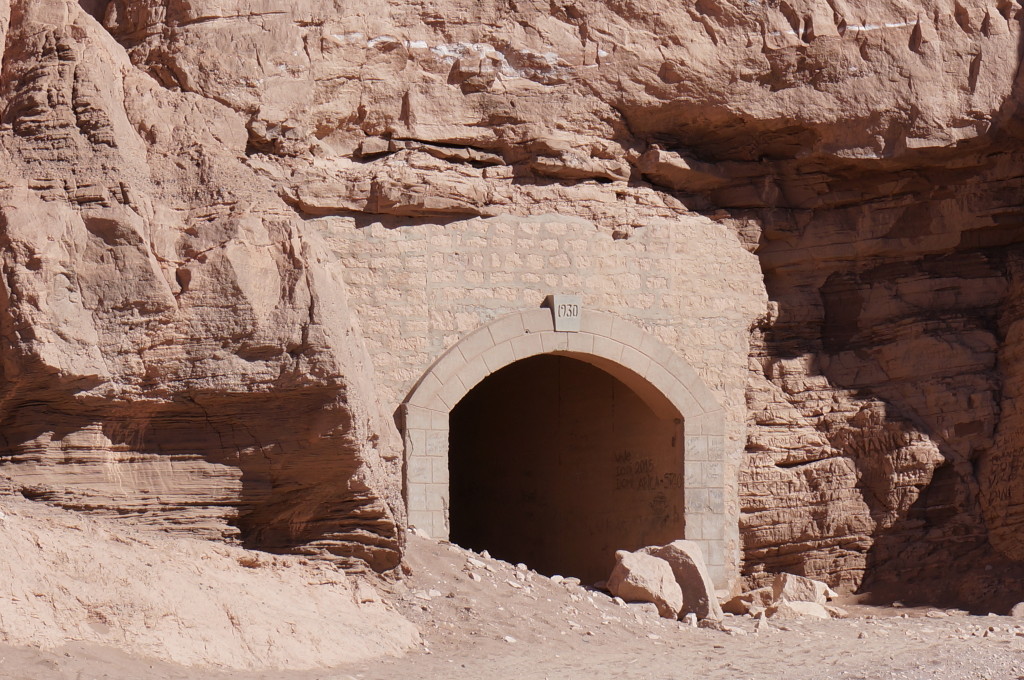
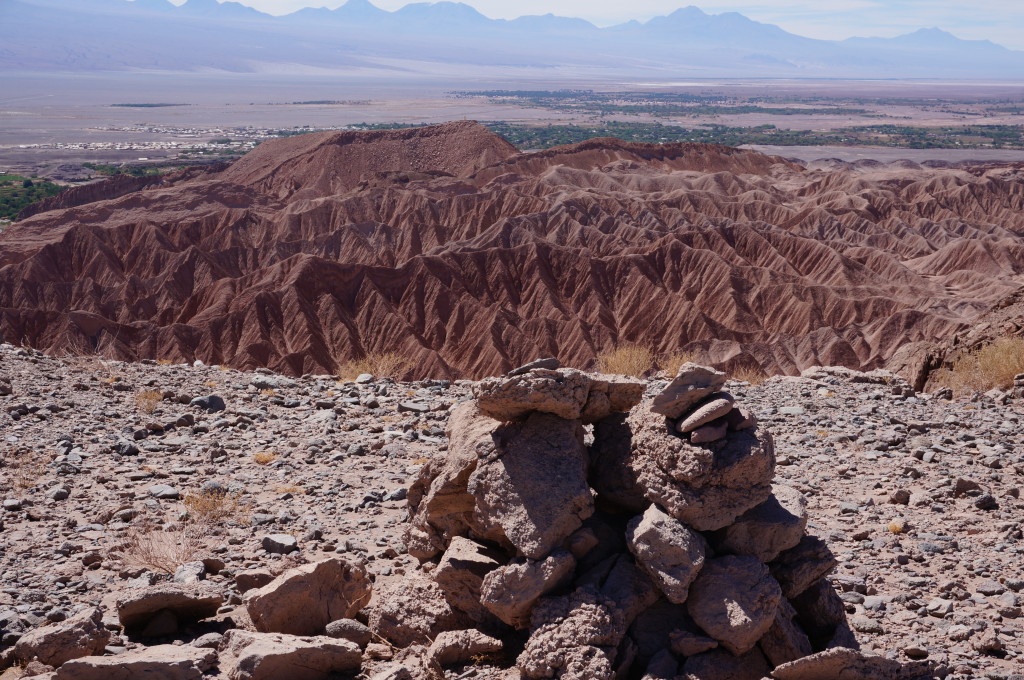
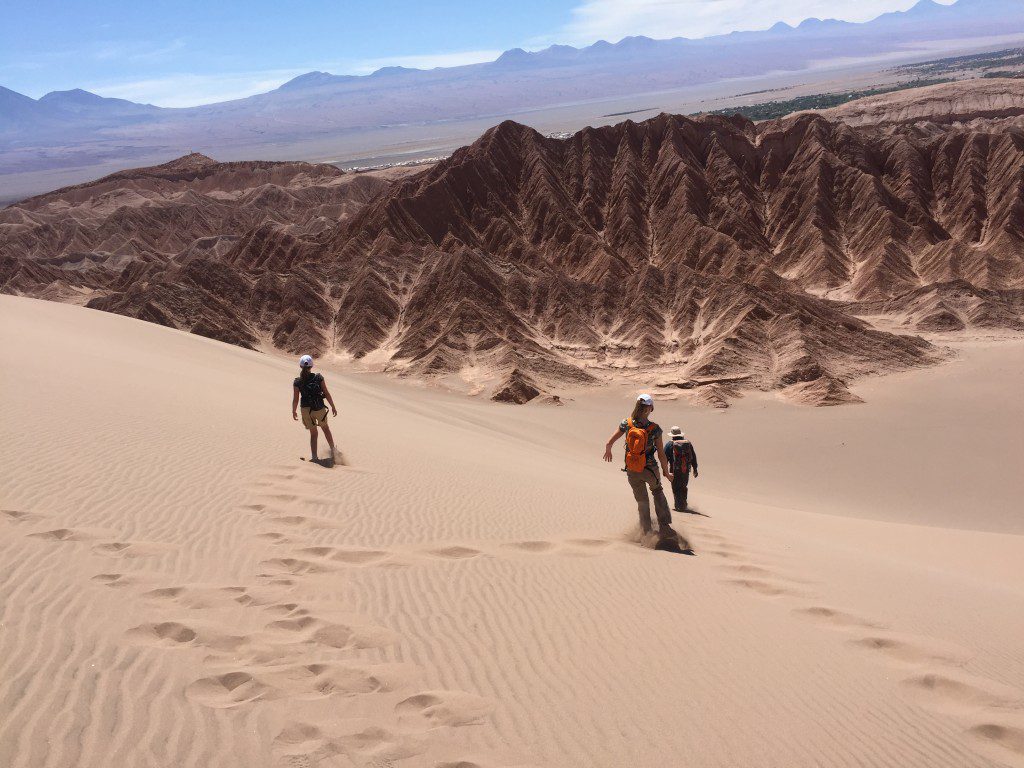
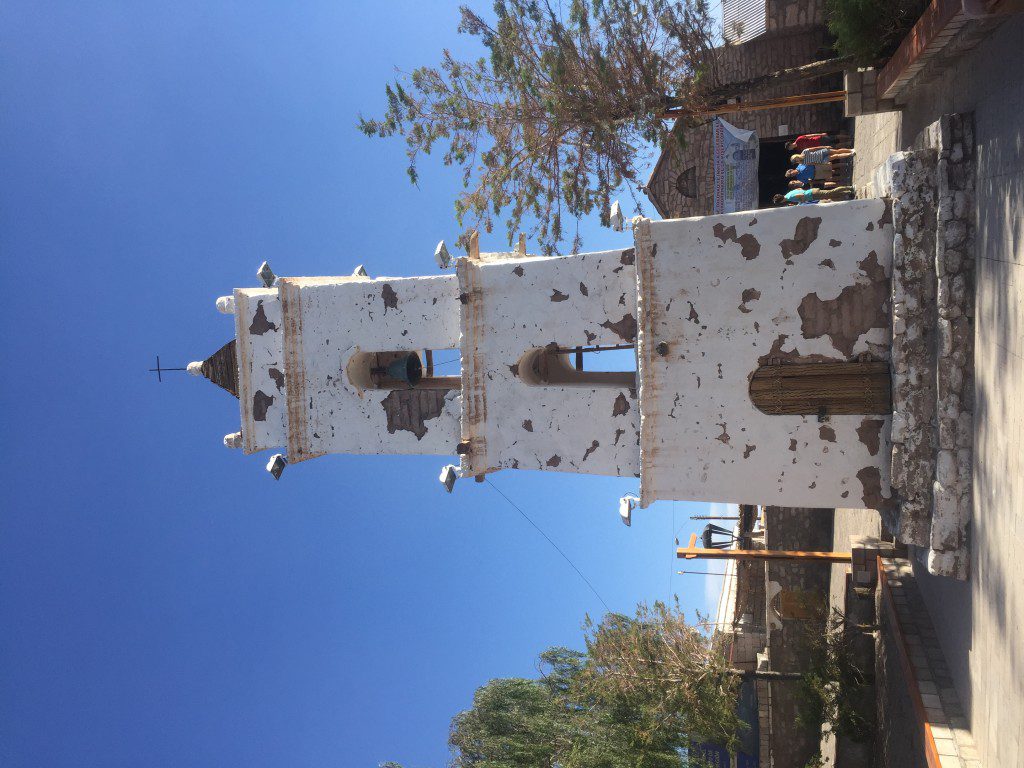
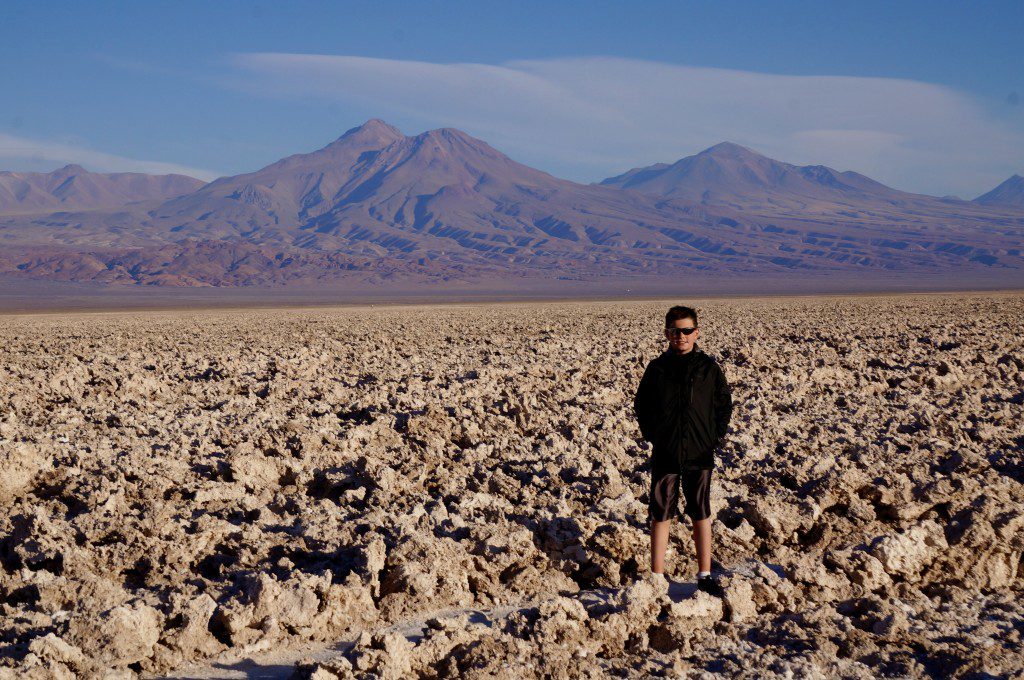
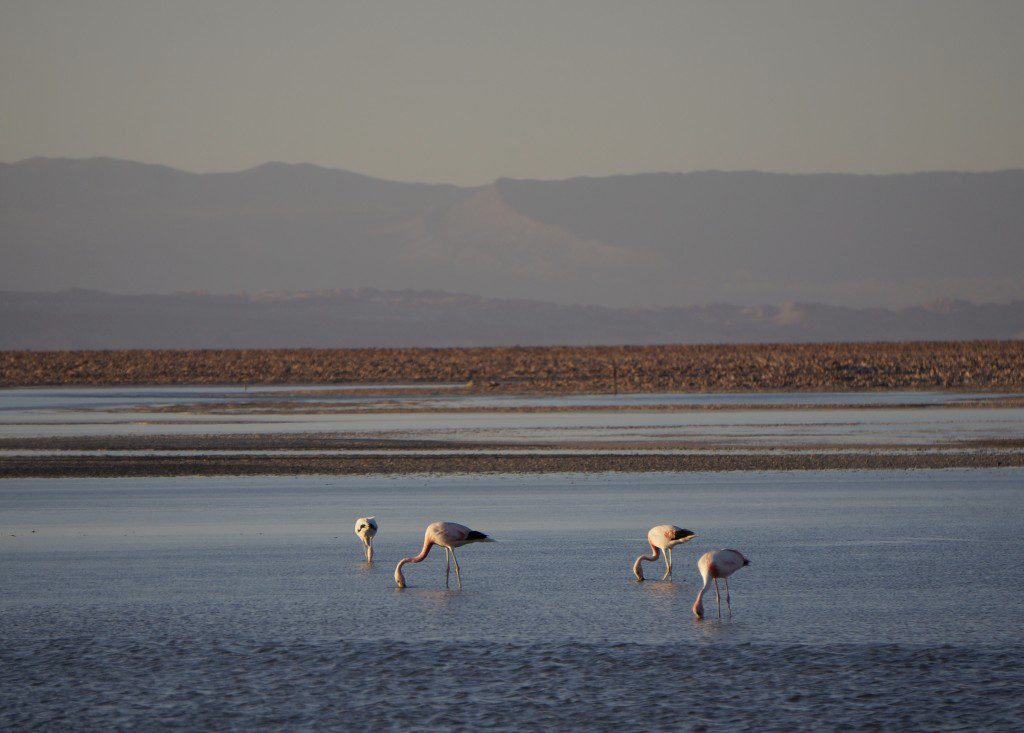
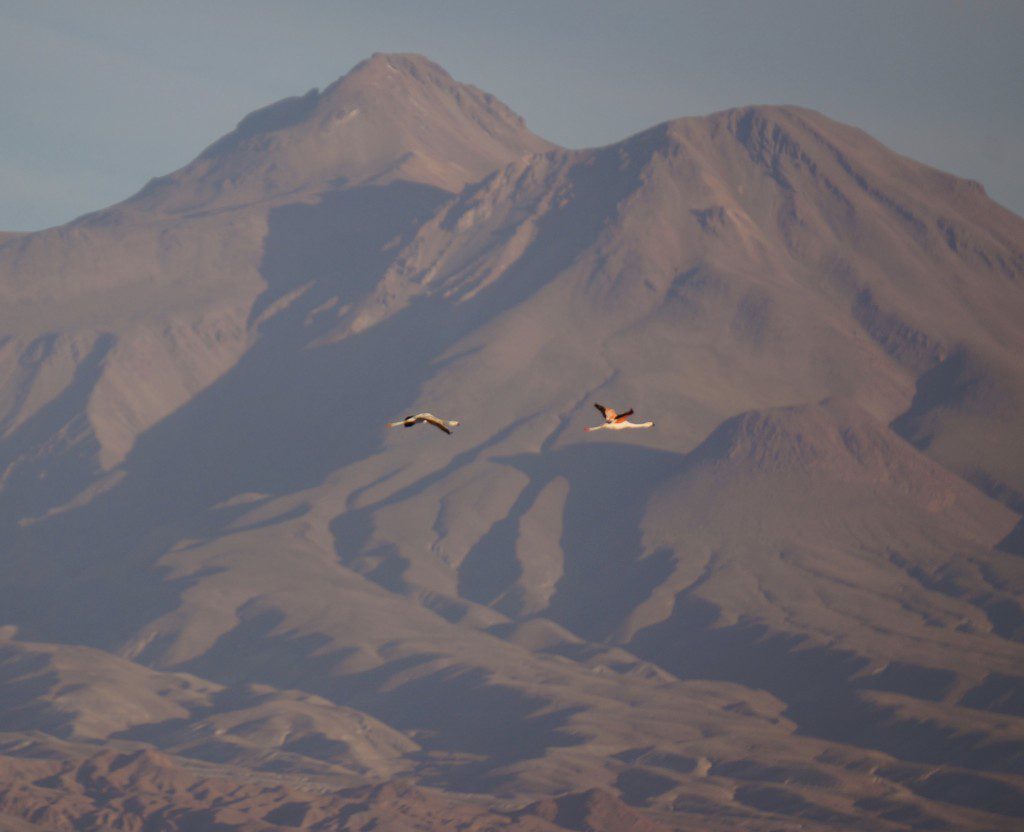
We originally felt a visit to El Tatio geysers were a must, but after a day spent in a van on winding roads and kids suffering from both car and altitude sickness, I am on the fence. Some say it’s worth it, but I don’t think the poor chap stuck in our van for 5 hours would agree.
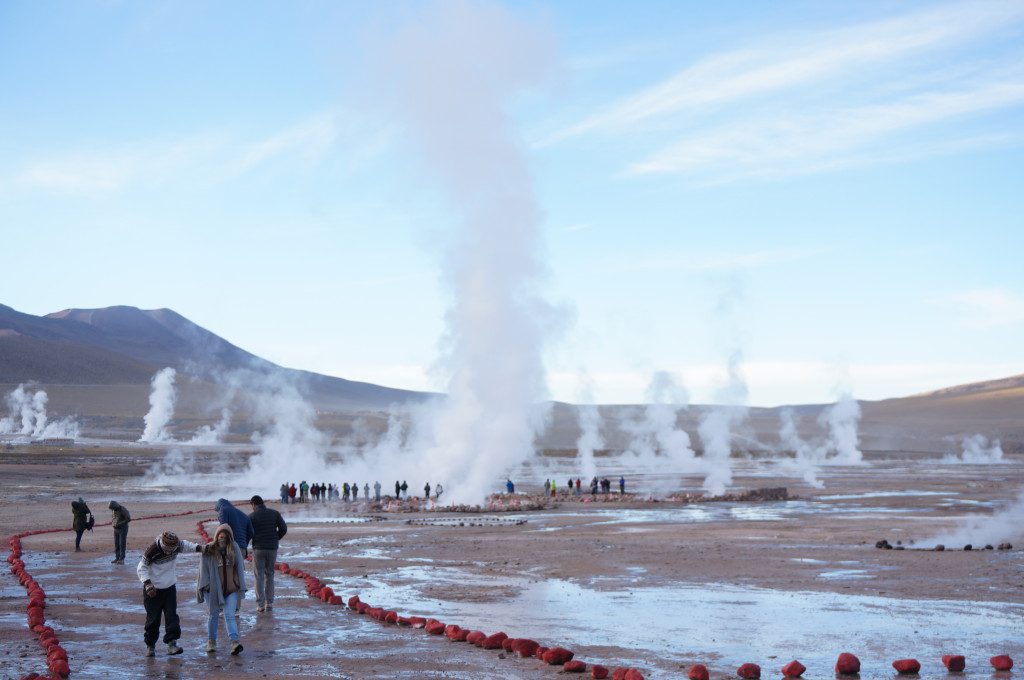
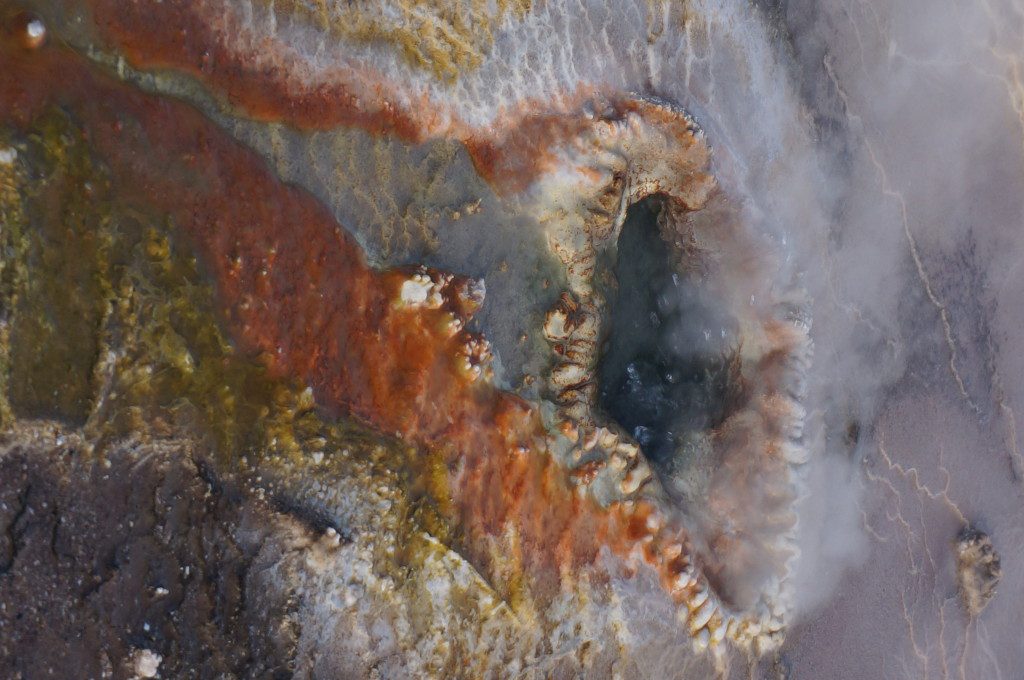
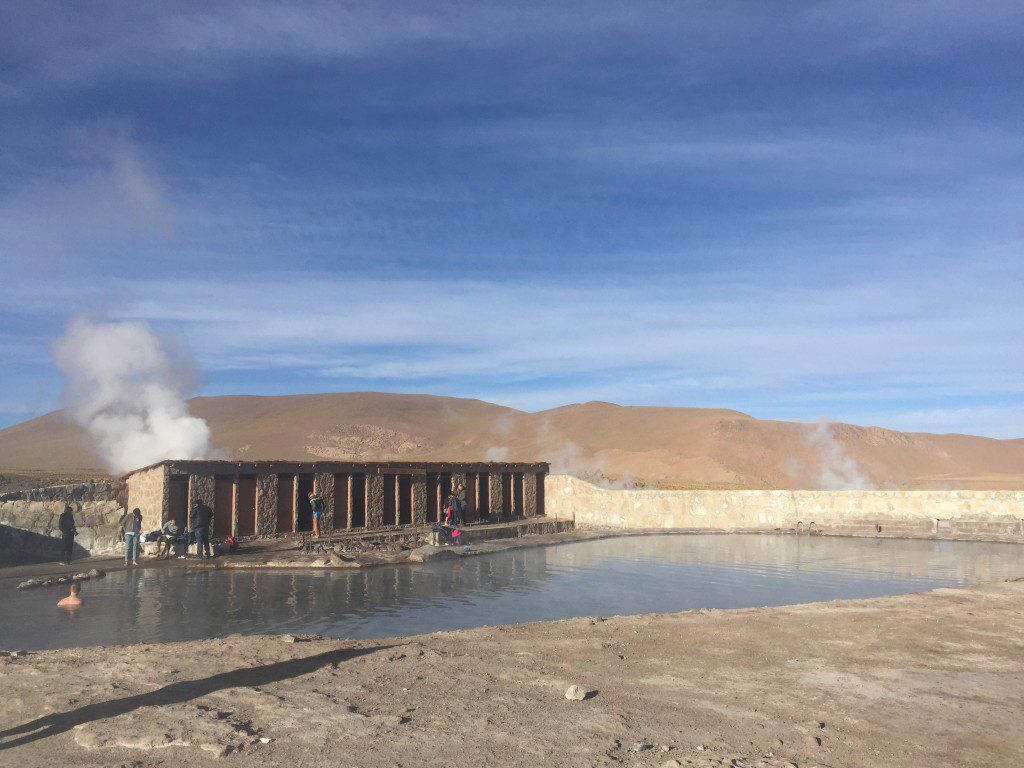
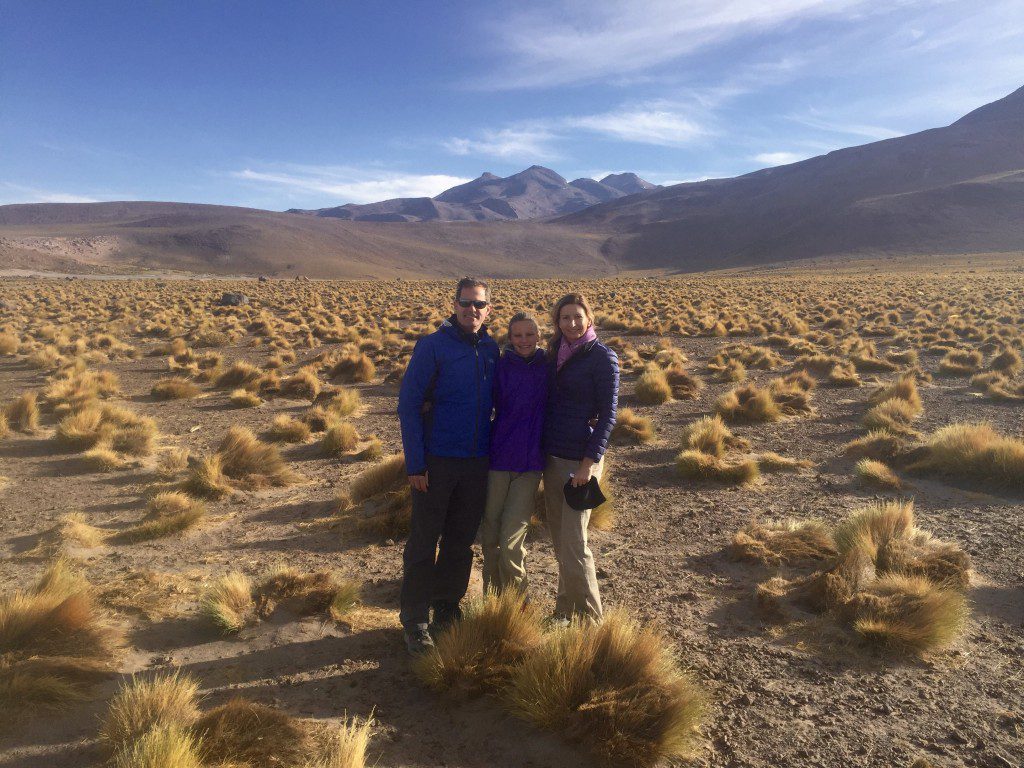
After a quick breakfast and coffee, we slowly wound our way back down the mountain towards San Pedro, stopping in the small herding village of Machuca for a “tour” of the local church and a bite of llama kabobs.
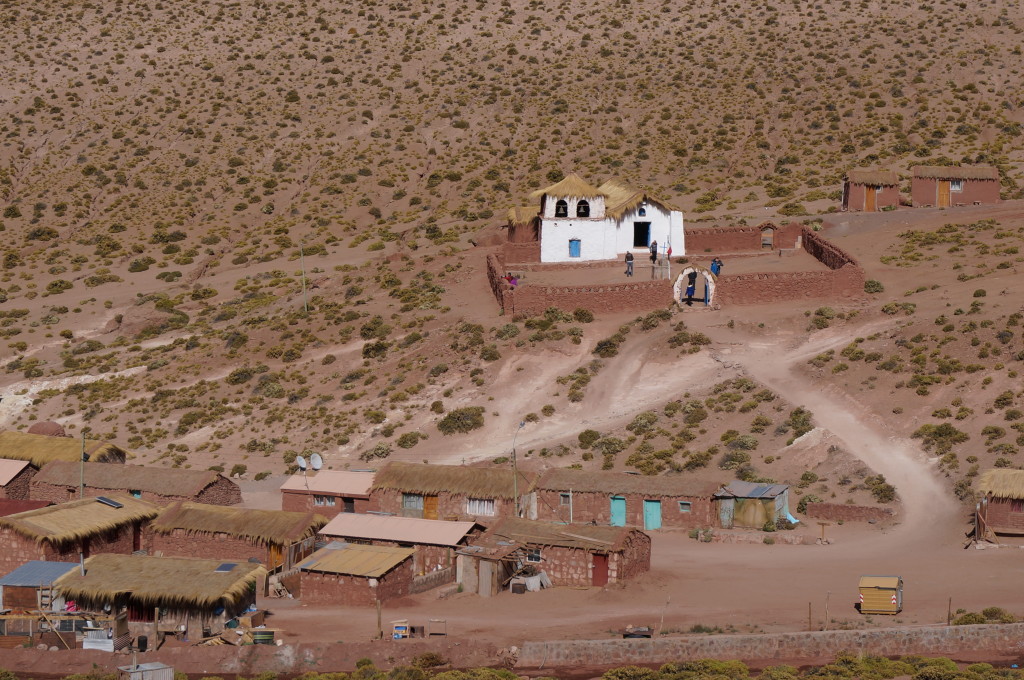
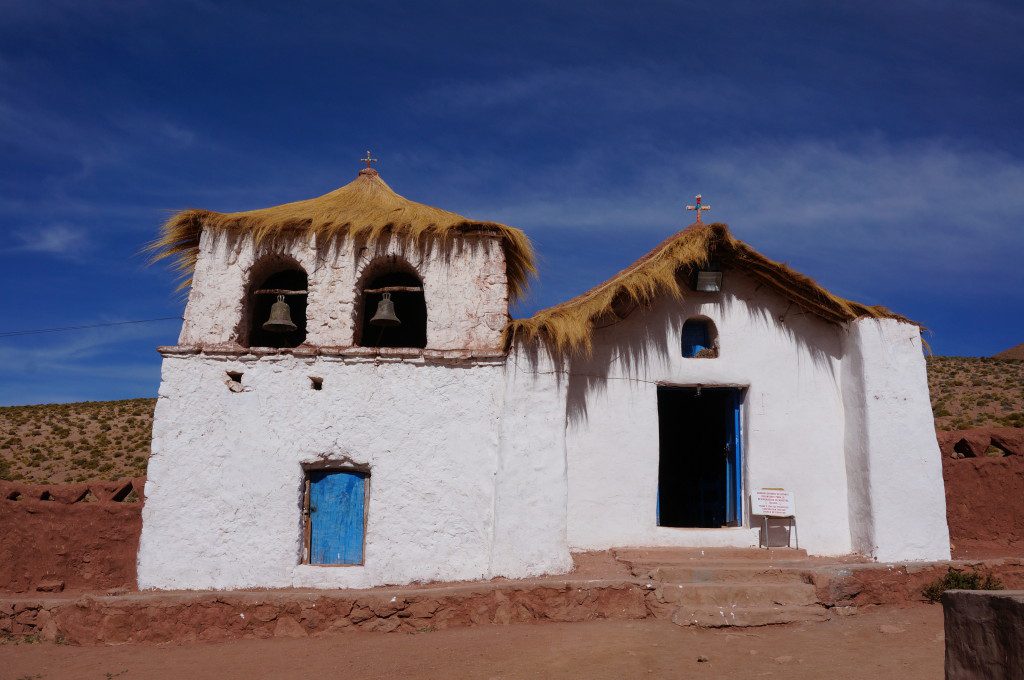
If waking up before sunrise and spending the day vomiting in a van is not for you, a nice alternative is an excursion to the Puritama Hot Springs. Operated by the Explora Hotel, Puritama was a big hit with our family.

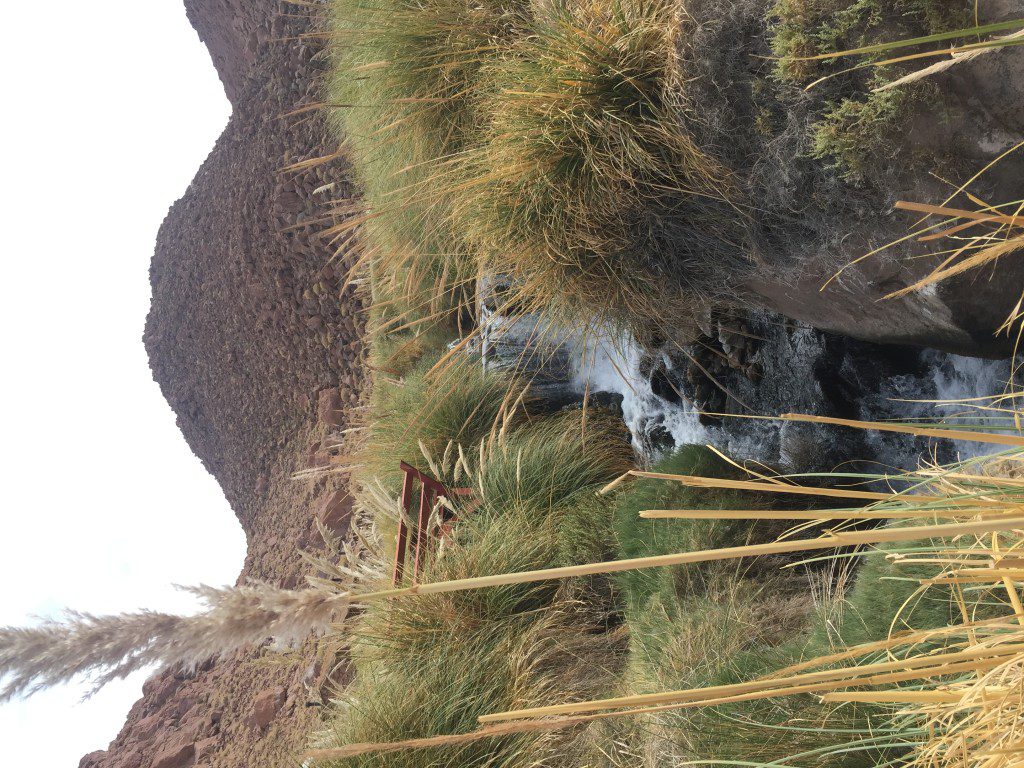
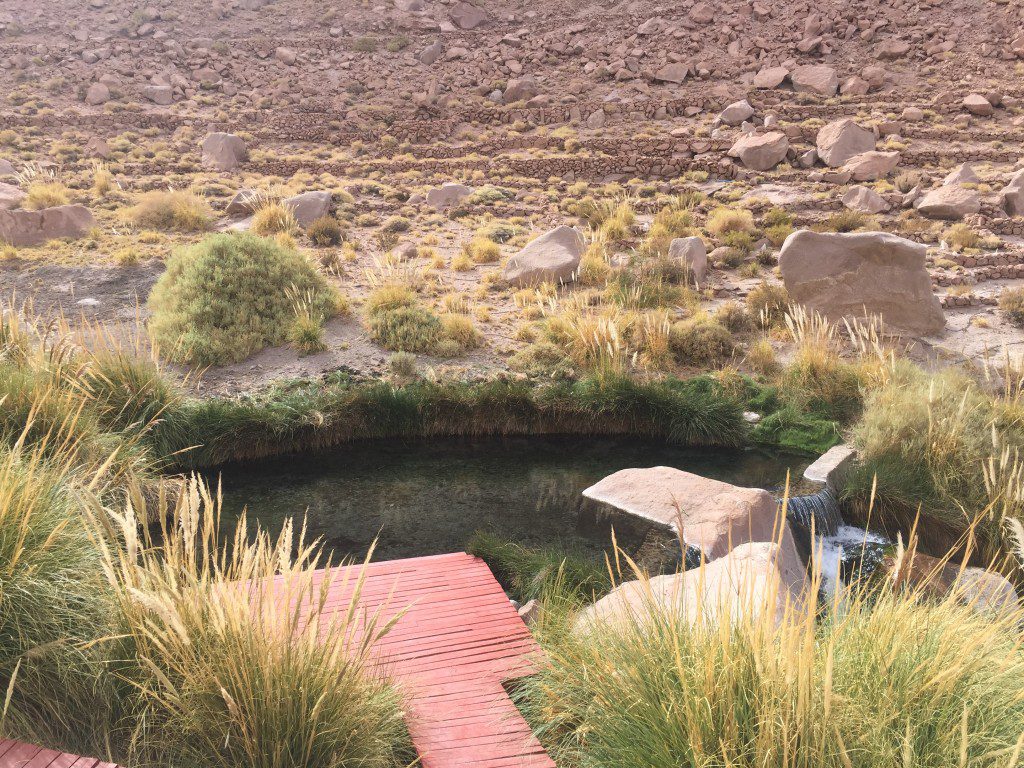
Not far from Puritama is an interesting hike through the Los Cardones Ravine. This 6 kilometer hike at 10,000 feet takes you through a breath-taking cactus-filled ravine. I am fascinated by the native cactus, called the cardón, and its similarities to the saguaro cactus of Arizona. While the saguaro can grow in altitudes of up to 4,000 feet, the cardón of Chile only grows at very high altitudes, between 9,500 and 10,500 feet. The cardón seems slightly larger, but the skeletal structure is very different than that of the saguaro. You will see that the native Atacameñian people used the skeleton of the cardón for the doors and roofs of their churches.
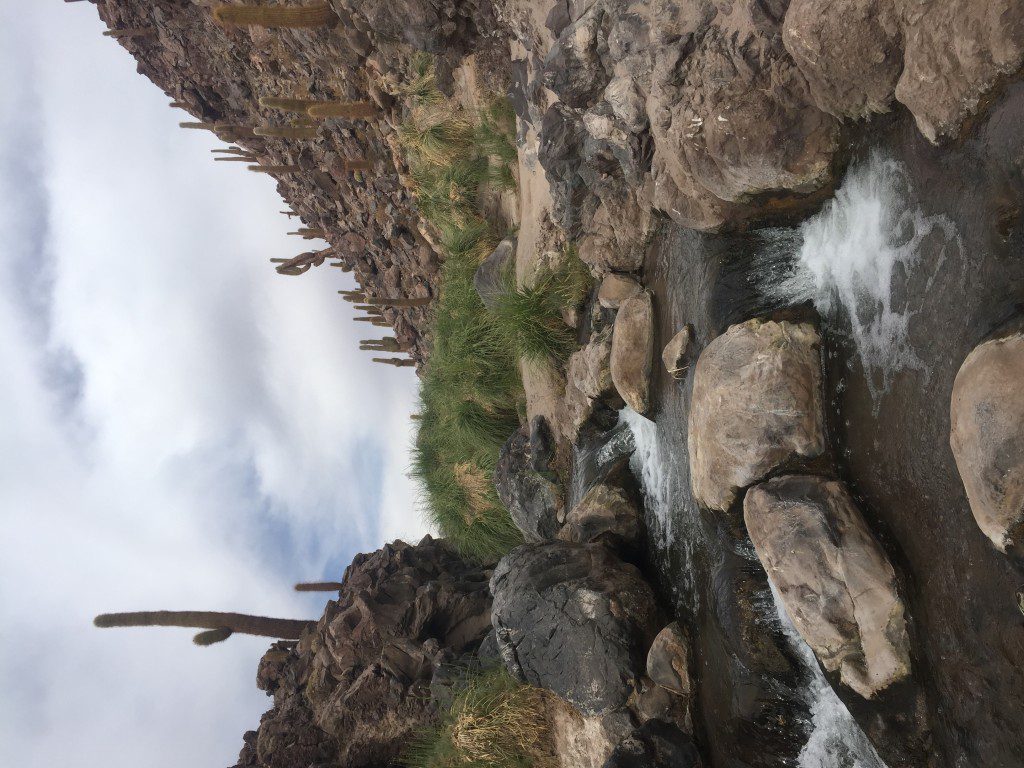
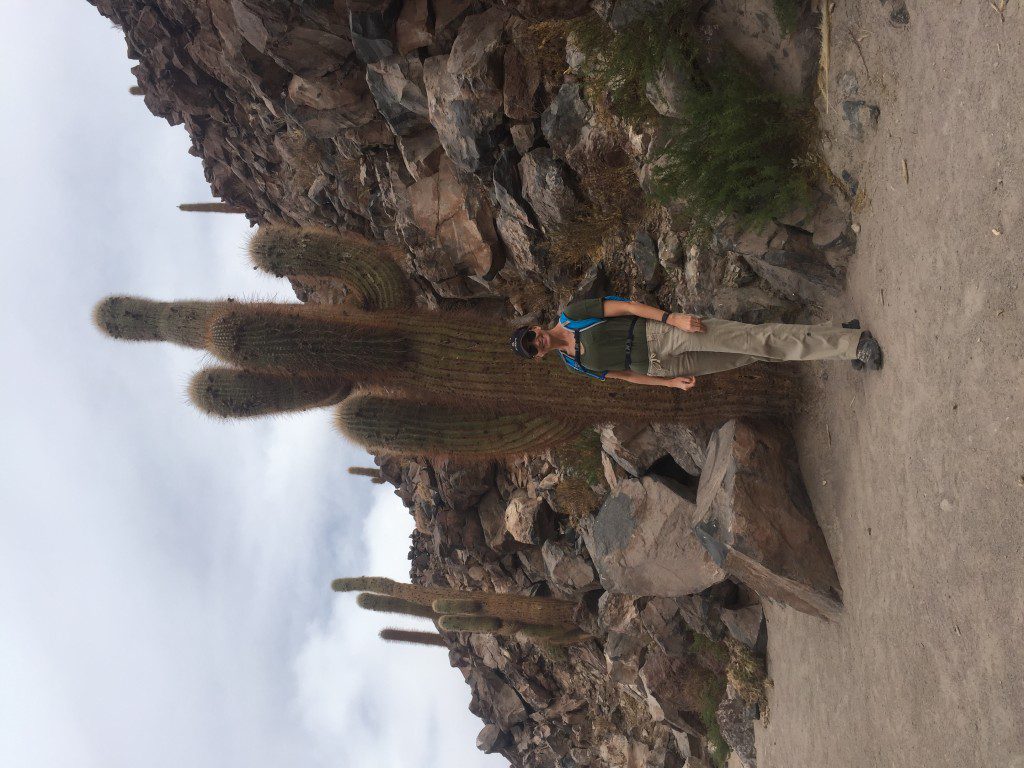
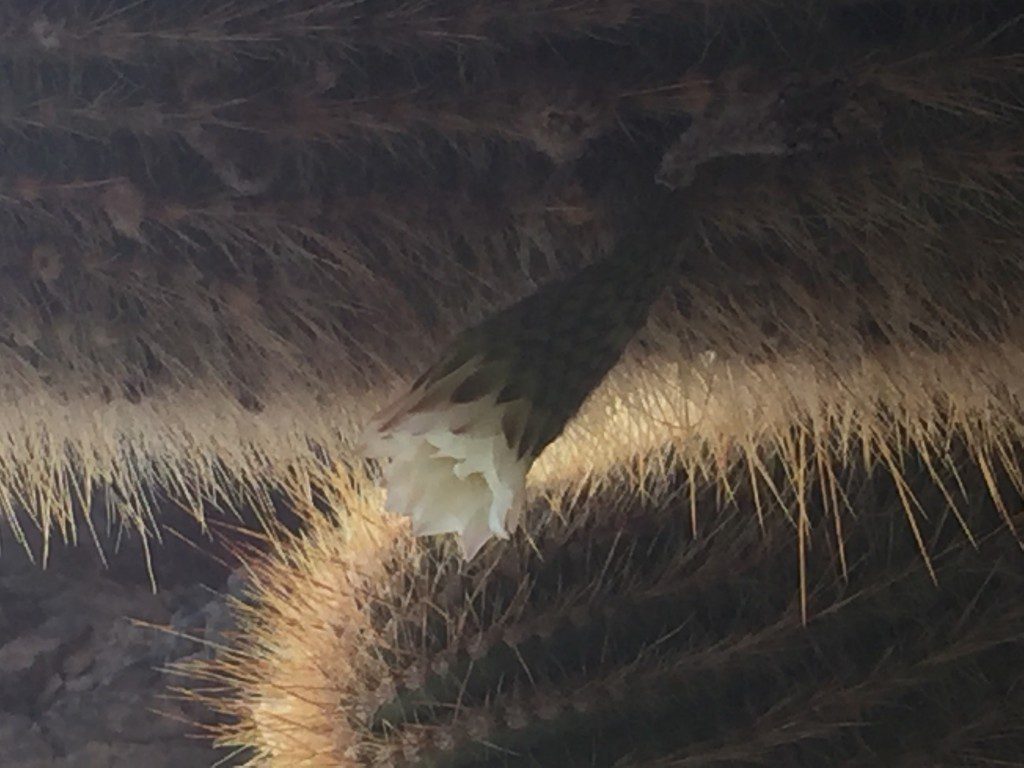
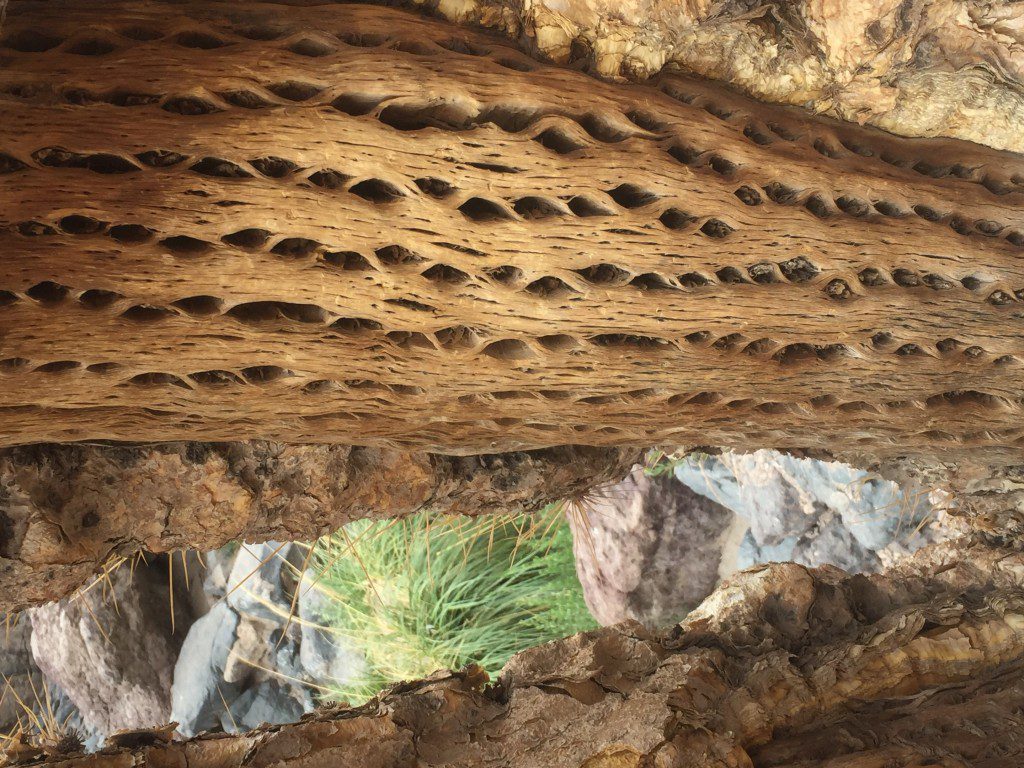
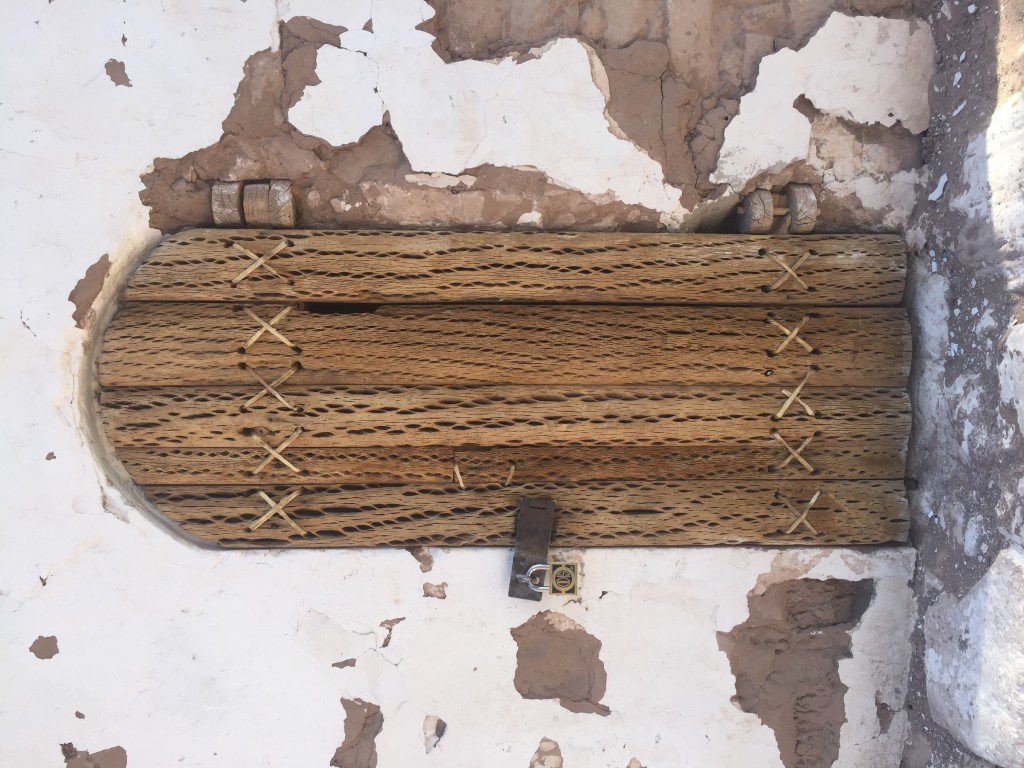
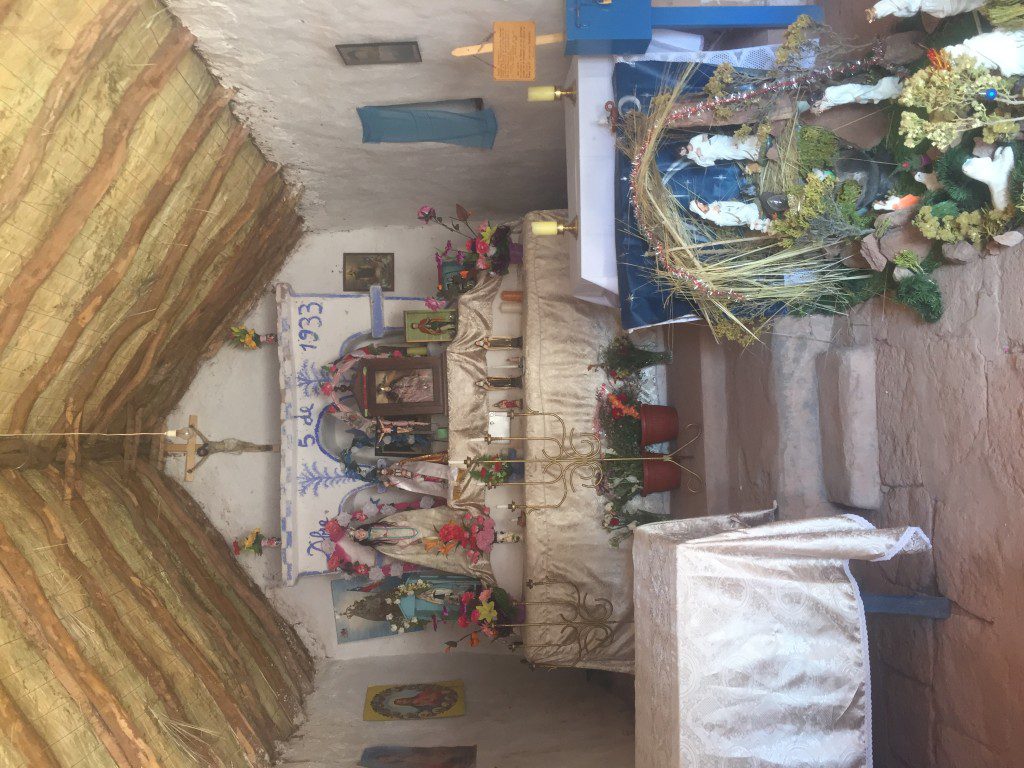
So after having been to the Atacama two times now, would I return? Absolutely. I still feel as if there was so much I missed. On my list for next time: the travesía program through the Explora Hotel that takes you from Chile into Bolivia to explore the Salar de Uyuni, and to tackle this bad boy, the Licancabur volcano at 19,423 feet. Here’s to dreaming! xoM

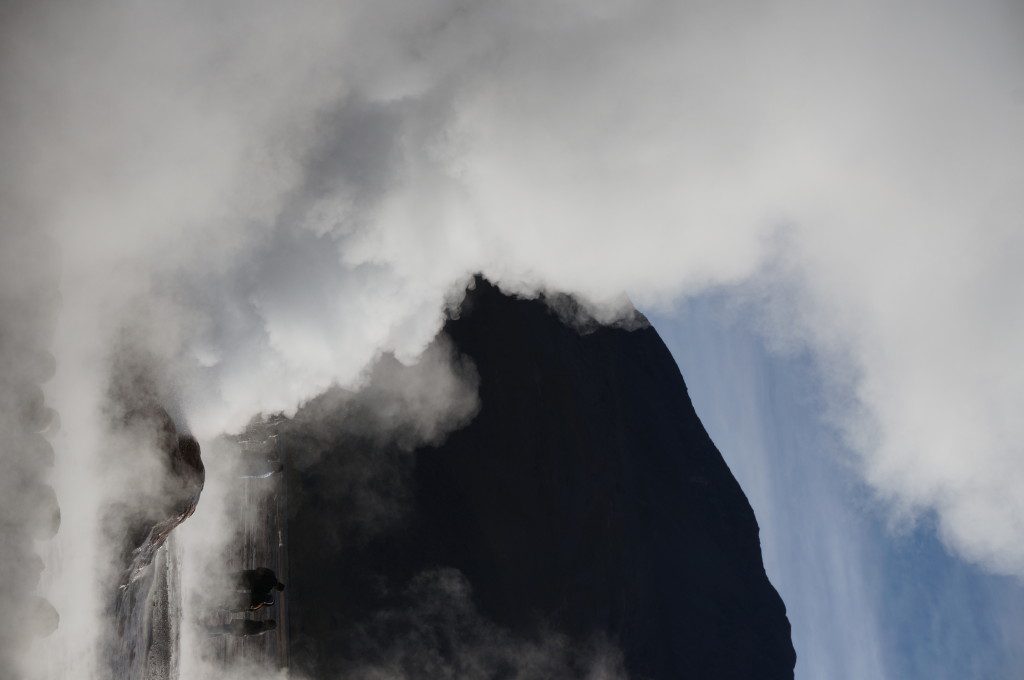
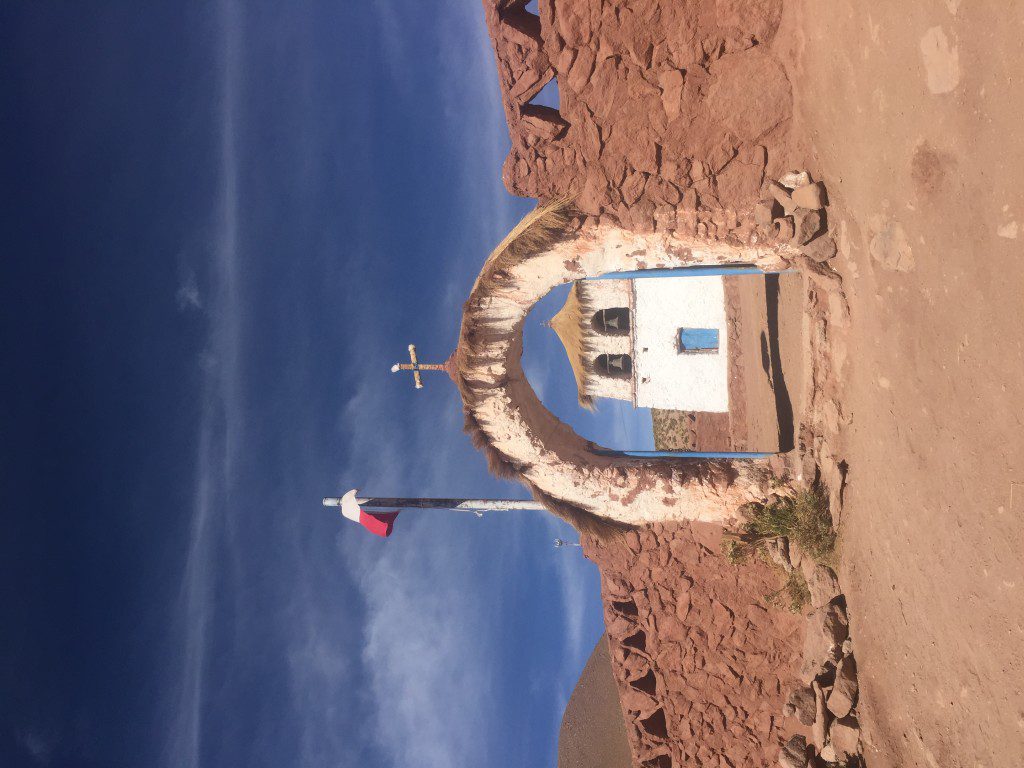
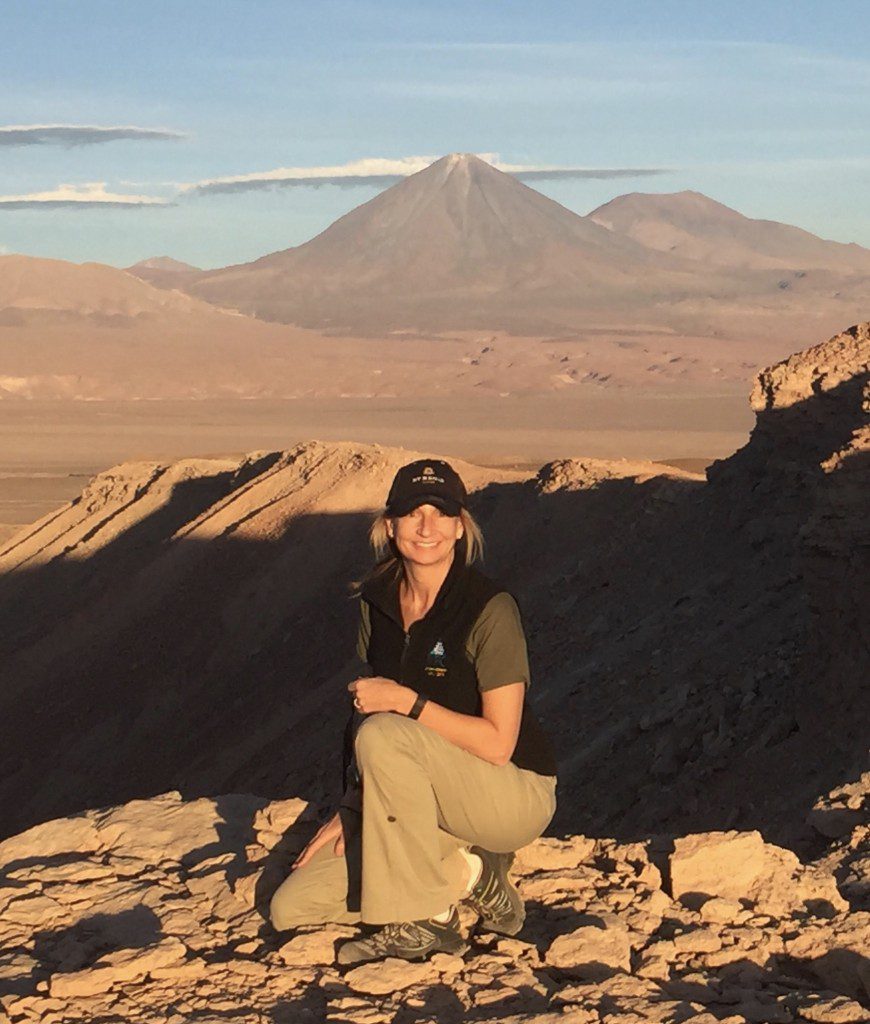









1 comment
Comments are closed.